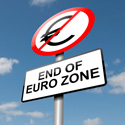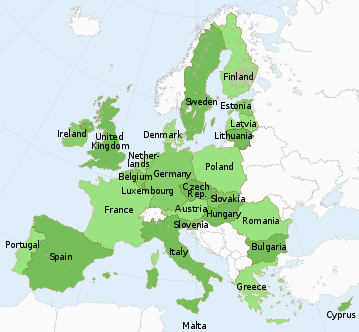
 With the Olympics in winding down, all eyes have been on Europe now for a change…oh wait…I guess we are already sick of hearing about Europe. Well at least this was a welcome distraction from the now household name, Angela Merkel, and the European Debt debacle.
With the Olympics in winding down, all eyes have been on Europe now for a change…oh wait…I guess we are already sick of hearing about Europe. Well at least this was a welcome distraction from the now household name, Angela Merkel, and the European Debt debacle.
I was recently at the Morningstar Conference in Chicago and had the privilege to listen to William James Adams PhD, an Economics’ professor at University of Michigan. Professor Adams is known for his expertise on the European economy and its history. He was the last speaker at the end of a three-day conference and many of the attendants remained to hear his presentation “How Fragile Is the Euro”. I think this speaks to the appetite of everyone for information on the Euro Zone and what could potentially happen. It is an area that we will all need to be well versed on in the coming months and years, if we aren’t already, in order navigate these investment waters.
In a part of his presentation, Professor Adams brushed us up on Europe 101. I think we all can benefit from revisiting the background of Europe in light of the focus on the Euro’s end game. In the coming weeks, I will attempt to present a brief history of the European Union, the Euro Zone and the policies that lead them to where they are today. I hope you find this history lesson as valuable and refreshing as I have and, much like the Olympics, a welcome break from the endless Euro collapse headlines!
Lesson #1:
What is the European Union?
The European Union began with the Treaty of Paris in 1951. It is a system of government meant to establish diplomatic and economic stability originally between 6 countries, France, West Germany, Italy, Belgium, Luxembourg and the Netherlands. It has since expanded to include 27 different countries speaking 23 different languages. See the graphic below for the current members.
You can also view an animated chart at http://en.wikipedia.org/wiki/File:EC-EU-enlargement_animation.gif showing the order of accession of the countries starting in 1957.
Links are being provided for information purposes only. Raymond James is not affiliated with and does not endorse, authorize or sponsor any of the listed websites or their respective sponsors. Raymond James is not responsible for the content of any website or the collection or use of information regarding any website’s users and/or members.

